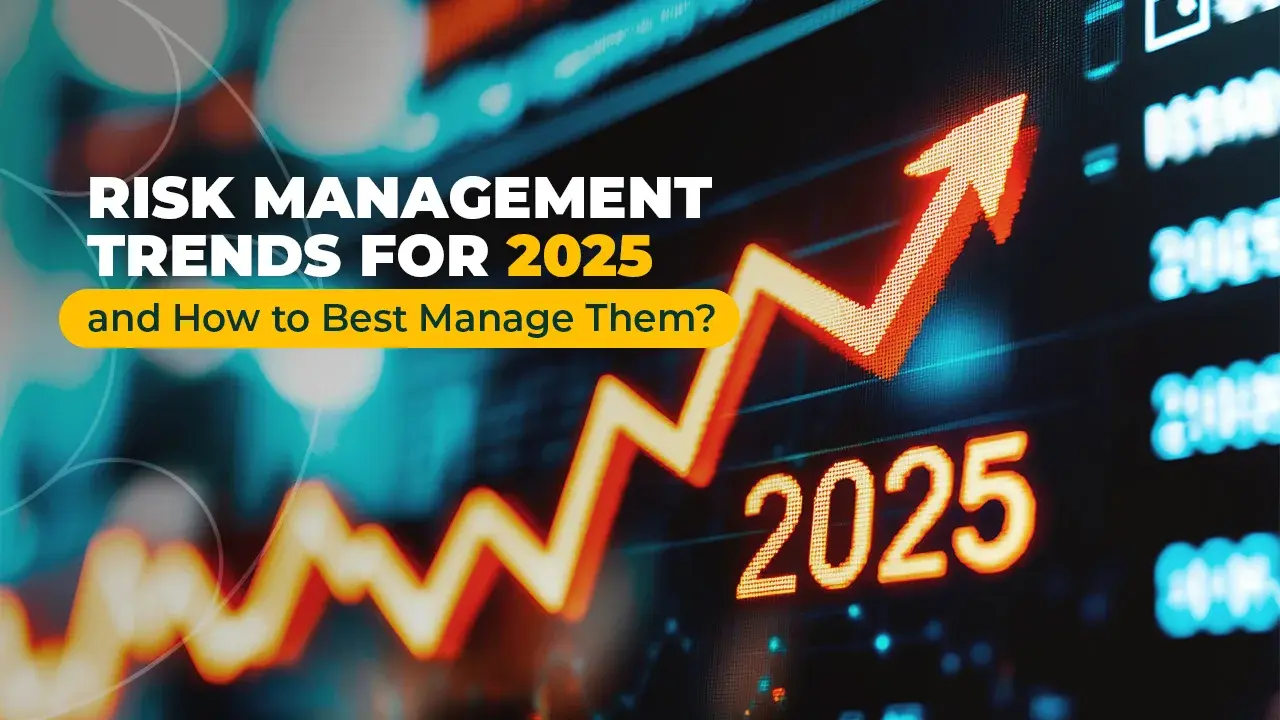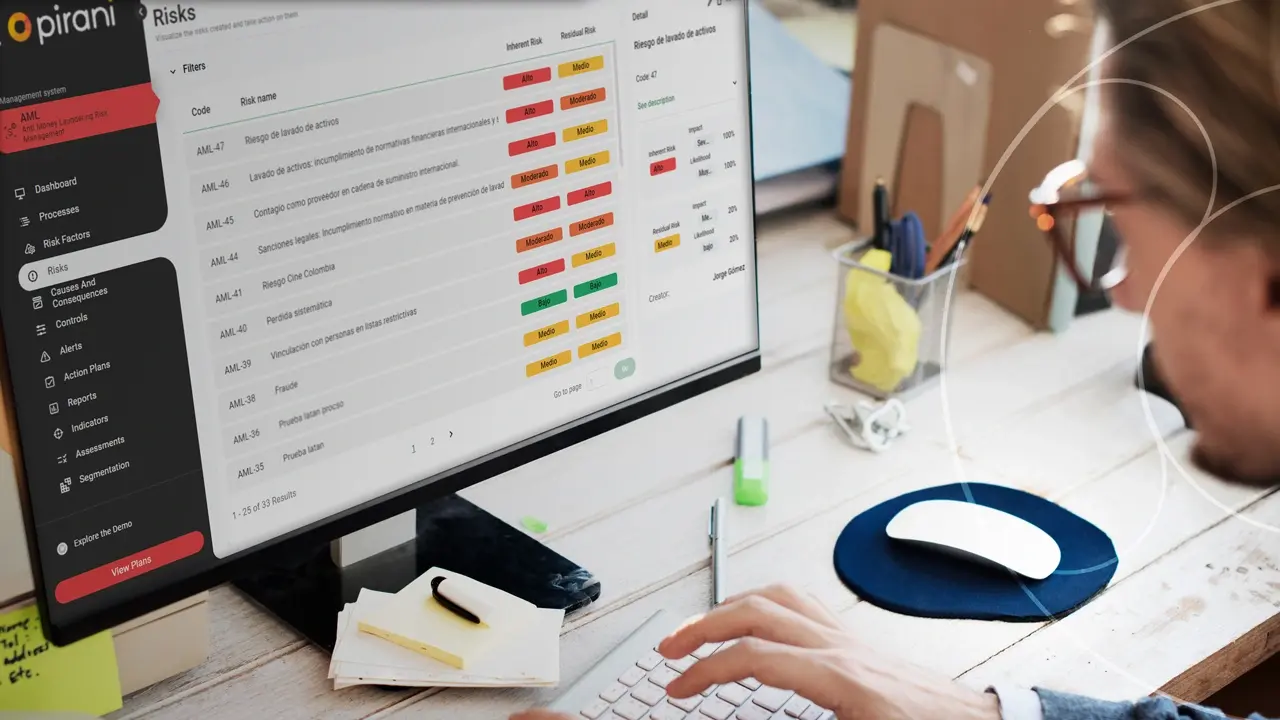How to identify unusual or suspicious transactions

Identifying suspicious transactions allows you to recognize unusual customer operations. Learn how the process works and some warning signs here.
In the prevention of money laundering and terrorism financing ML/TF, it is essential to recognize all unusual or suspicious transactions, i.e. those transactions or operations that are inconsistent with a customer's regular activities.
The bank compliance area is responsible for monitoring all customer operations to identify those indicating possible money laundering. Procedures must identify transfers that are unjustified or suspicious transactions that trigger early warning signs.
An adequate money laundering prevention system must detect suspicious transactions based on the customer record, indicating whether the customer is a politically exposed person, whether there was an atypical change in the name of the account holder or whether he/she has an account at border premises.
Once the warning is generated, the compliance officer must conduct a thorough analysis on the customer to confirm the suspicion of money laundering. The analysis will consist of the verification of documents, operations and data compared to the information in the system. At this point, it is useful to use the data collected in the know-your-customer process.
Then, different actions must be taken to prevent the risk:
- Require the update of the record.
- Ask the advisor who opened the account for clarification.
- Analyze possible internal inconsistencies regarding the operation or the information file.
If, after this analysis, the suspicion is confirmed, the compliance officer must record the result in the user's history and send a formal report to the competent authority.
Here are a few examples of unusual transactions that may serve as an indication of possible money laundering:
Transactions whose values are inconsistent with the professional occupation and the financial situation declared by the customer
- Unexpected movements in transactions and account management
- Transactions showing significant fluctuation in terms of the volume or frequency of the customer's business
- Small deposits and transfers that are immediately allocated to accounts in other countries or regions
- Transactions that show a sudden and unjustified change as per accepted standards in comparison with the customer's history
- Transactions whose degree of complexity and risk is inconsistent with the customer's technical qualification
In addition, the following practices may also be considered to be indications of money laundering:
- Refusing to provide information necessary to update account information
- Reporting various bank accounts or modifying them constantly
- Soliciting, coercing, or bribing an officer to alter the history or record of a transaction
- Accounts without clear references: address, identity document, job and financial supporting documents, etc.
Based on the foregoing, all officers, service providers and partners must report suspected cases of money laundering to the compliance officer for data inquiry as required.
It is also important to have a risk management software such as Pirani Riskment Suite where you can more easily identify, evaluate, control and monitor the risks to which companies are exposed.
Remember that managing risks properly and consciously in your company helps to ensure compliance with regulations and ensure continuity, achieving the sustainability of your business.
What did you think of our content on unusual or suspicious operations that can occur in an organization? Leave us your comments.
You May Also Like
These Related Stories

Know 8 processes to identify risks

Risk Management Trends for 2025 and How to Best Manage Them?

Key elements of the risk management system

Importance of key indicators in risk management

Phases that are implemented in Sarlaft

Comments (1)